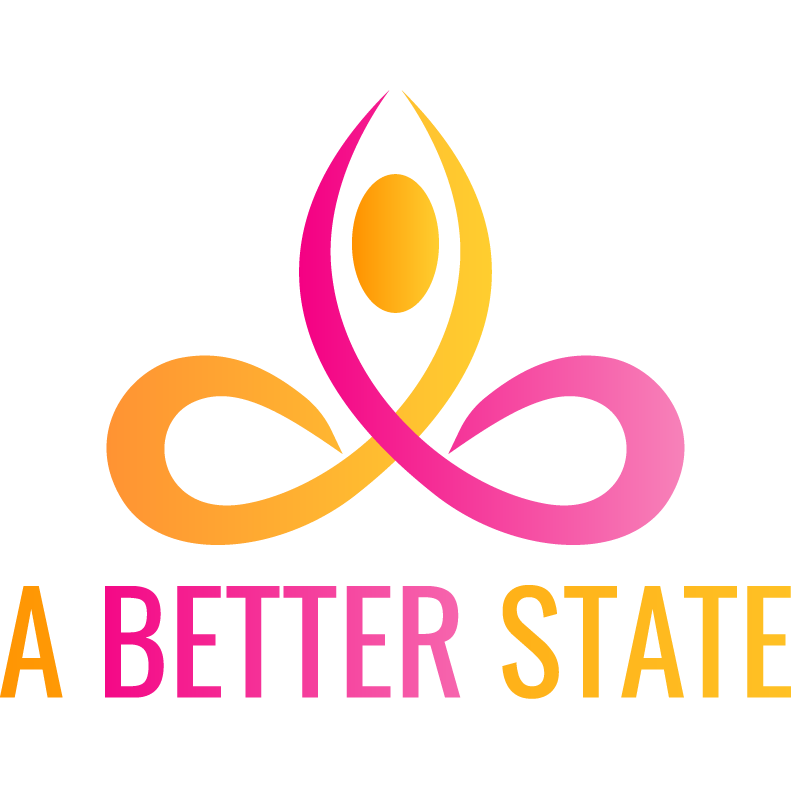The opioid and heroin epidemic is far from over, leading to a rise in the need for effective opioid addiction treatment programs.
Even with concerted efforts to reduce the rates of opioid prescription, lawsuits against large pharmaceutical companies, and a substantial effort to make substance use treatment more available, the opioid epidemic has grown throughout the COVID-19 pandemic, and many people are still vulnerable.
If you or a loved one is experiencing an opioid use disorder, contact our team of mental health professionals at A Better State by calling 781.412.1488 today to learn about our opioid addiction treatment program.
Overdose Deaths from the Opioid and Heroin Epidemic
Arguably the most troubling opioid epidemic statistics are opioid-related deaths, which have climbed significantly over the last year. For the 12 months ending in April 2020, 56,0064 people suffered fatal overdoses from opioids. In 2021, that number rose to its highest ever, with 75,673 fatal overdoses over the 12 months ending in April of that year.
Several reasons contribute to this massive increase in opioid overdose, including:
- The widespread availability of synthetic opioids, such as fentanyl and carfentanil
- Lockdowns and mental health challenges from the COVID-19 pandemic driving use
- Continued growth in rates of opioid use
- Other types of drugs, such as cocaine or benzodiazepines, are contaminated with synthetic opioids
These deaths have been called “deaths of despair.” The troubling fact is that many people use opioids to deal with mental health challenges, loneliness, or cope with external challenges.
If opioid use leads to a substance use disorder, or somebody unknowingly purchases an opioid laced with fentanyl, this can rapidly result in an opioid overdose.
Overall, drug overdose has risen to levels never seen before. In 2021, drug overdose rates reached 100,000 for the first time. This is largely due to increasing levels of fentanyl available for purchase, knowingly or unknowingly.
Rates of Opioid Use Increasing
While data for opioid use is not yet available for all of 2021, heroin use rose from 2019 to 2020. 745,000 people used heroin in 2019, which increased to 902,000 in 2020.
The use of prescription painkillers has dropped marginally, likely due to increased regulations on painkillers and legal sanctions against pharmaceutical companies. Yet many people who became dependent on prescription painkillers have been transitioning to illicit drug use, driving the heroin epidemic we see today.
Synthetic Opioids Increase in Popularity
The opioid epidemic in states in the Northeast is being driven by fentanyl. Laboratory reports from the DEA show that fentanyl was only found in 644 samples in 2012 but was detected in 56,530 samples in 2017. Rates of fentanyl availability continue to rise and pose a substantial danger to anyone who uses illicit substances.
Fentanyl and carfentanil are often used to create pressed pills that resemble prescription painkillers. People may buy these drugs thinking that they are receiving a prescription medication with an accurate dosage, but instead, they receive a large dose of fentanyl that may be fatal.
The opioid epidemic in states like Ohio, West Virginia, and Pennsylvania is driven largely by fentanyl. This drug may be mixed into heroin, cocaine, methamphetamines, or pills disguised as prescription drugs. The dose of fentanyl that can lead to overdose is trivially small and poses a danger to virtually any illicit substance user.
Get Help for Opioid Use at A Better State
Although the opioid epidemic statistics are increasingly troubling, the fact is that addiction treatment services work for people struggling with addiction. If you or a loved one are battling an opioid use disorder, seeking help from professional addiction treatment services can change lives.
When you’re ready to start receiving the best-in-class addiction treatment, call A Better State at 781.412.1488 and get started with an addiction treatment center near you today. Don’t let your opioid use disorder stand in the way of a better life—recovery is possible at A Better State.


